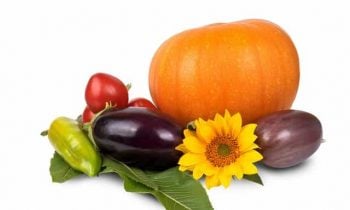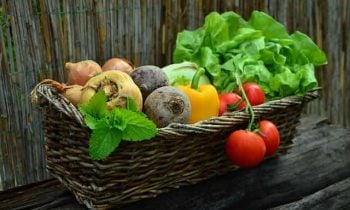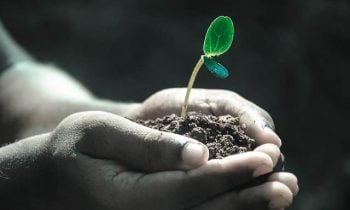In the past decade and a half, organic products have achieved almost mainstream status. Where organic produce was a specialty item in a few upscale grocery stores in the early 1990s, today’s supermarkets commonly offer organically produced items.
An upward spiral is happening: Organics have become more available and more affordable. The result is that a larger proportion of the population buys organics. This leads to an increased general awareness of the benefits for people and the environment of organic production.
Greater awareness of the benefits contributes to a greater demand for organic products. Higher demand encourages growers to an even larger production of organics. Increased production results in organics being increasingly available and affordable… and upward the trend goes.
During the 1990s, organic product sales dramatically increased at the rate of more than 20 percent every year. By the beginning of the 21st century, sales of organic products passed the $9 billion mark. Today in 2006, the majority of US consumers (7 out of 10) buy organic food at least some of the time.
These statistics are encouraging indications that organic production is here to stay. This is good news for the well-being of people and the environment.
What is Organic
Fifteen years ago, organic growers might have had to explain to shoppers at a farmer’s market what the label “organic” means. Today, most people understand that for a product to be labeled organic, it had to be grown without using synthetic fertilizers, pesticides, or hormone supplements.
But organic growing is a system, and is not just a matter of substituting natural materials for synthetics. Whether on the large scale of the market farmer or the small scale of the backyard gardener, the underlying principles of an organic system are to work within the boundaries of nature to grow healthy food.
The system starts with a focus on healthy soil, which supports healthy plants. When plants are strong, they are naturally disease and pest resistant.
Why is Organic Better
Rather than apply chemicals to cure disease and control pests as conventional growers must do, organic growers are oriented toward prevention through continuous soil improvements. It’s a big difference in attitude: the chemical quick-fix vs. long-term soil building.
The benefits of taking the long-term approach are immediate. Rather than having to keep indoors during a “re-entry interval,” (after using poisonous chemical pesticides, there is a required safety period when people must avoid the area), organic gardeners never experience exile from the location where they grow food.
Also, there is the difference in the effect on local water sources. Organic gardeners don’t contaminate ponds and groundwater with synthetics.
In short, gardeners who live where they grow food have a particular motivation and advantage in using an organic system: personal health and safety. But everyone benefits when organic methods are used because they are sustainable: wholesome food is produced in a system that respects the natural environment.

 Growing Trend of Organic Gardening
Growing Trend of Organic Gardening Wild Flower Garden
Wild Flower Garden Gardening Vegetable
Gardening Vegetable Planting Seeds
Planting Seeds What is Soil?
What is Soil?